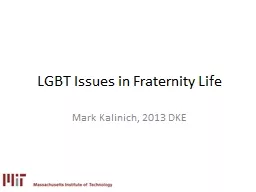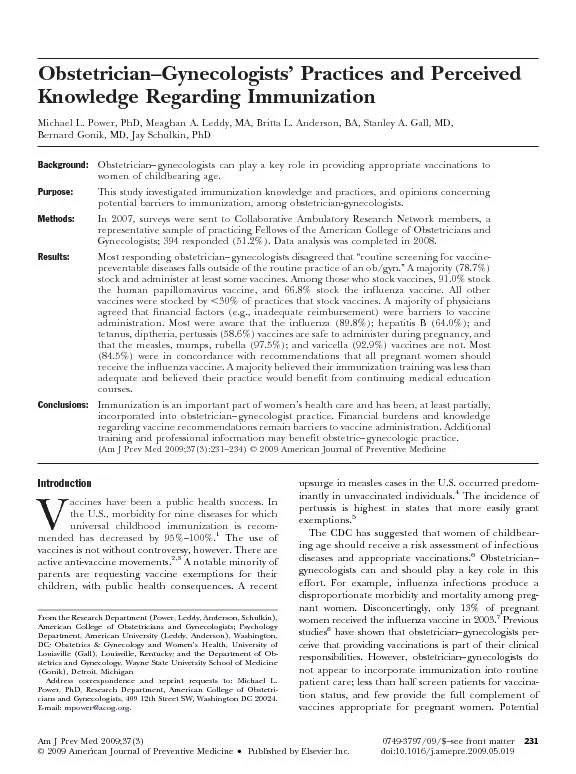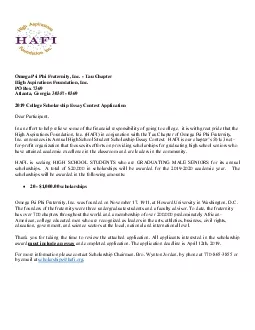PPT-OBSTETRICIAN – AN UNIQUE SPECIES IN MEDICAL FRATERNITY!
Author : conchita-marotz | Published Date : 2016-10-26
We deal with two lives but multiple emotions We care for the health of two generations at a time We witness pain and pleasure and life and death on the same table
Presentation Embed Code
Download Presentation
Download Presentation The PPT/PDF document "OBSTETRICIAN – AN UNIQUE SPECIES IN ME..." is the property of its rightful owner. Permission is granted to download and print the materials on this website for personal, non-commercial use only, and to display it on your personal computer provided you do not modify the materials and that you retain all copyright notices contained in the materials. By downloading content from our website, you accept the terms of this agreement.
OBSTETRICIAN – AN UNIQUE SPECIES IN MEDICAL FRATERNITY!: Transcript
Download Rules Of Document
"OBSTETRICIAN – AN UNIQUE SPECIES IN MEDICAL FRATERNITY!"The content belongs to its owner. You may download and print it for personal use, without modification, and keep all copyright notices. By downloading, you agree to these terms.
Related Documents














